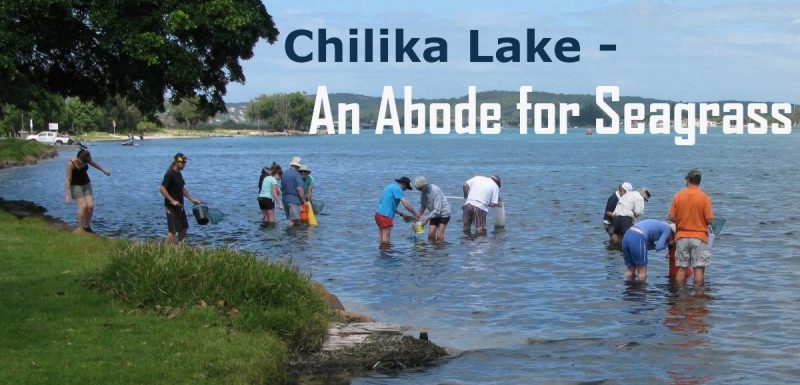
In News
- Chilika Lake, the largest coastal lagoon in India has 20% of country’s sea grass distribution.
- The Chilika development Authority which conducted an annual monitoring of the lake found that over 152 sq. Km of the lake is covered with sea grass.
The Chilika Lake
- Spread over 1,100 sq. Km area in the state of Odisha, the Chilika is the largest coastal lagoon in the country and the second largest in the world.
- The lake is located at the mouth of Daya River.
- It supports diverse species of plants, animals and birds.
- It is a designated Ramsar Sites under Ramsar Convention.
- The endangered Irrawaddy Dolphins are found in the lake.
The Annual Monitoring Results
- During the annual monitoring, the Chilika Development Authority found various species of Seagrass such as Halophila Ovalis, Holodule Pinifolia,Holodule Uninervis, Halophila Beccarii and Halophila Ovata.
- It was also found that sponges have made their comeback to the lack which were last seen in 1985.
- Overall, the efforts of the authorities has brought resilience to the ecosystem. The authority found 130-150 Irrawaddy Dolphins thriving in the ecosystem.
Importance of Seagrass
- In a marine ecosystem, seagrass play a vital role in providing oxygen to the marine species by absorbing carbon dioxide.
- They also acts as aquatic purifiers.
- In Chilika lake, the growth of seagrass augurs well for reintroduction of dugongs or seacows which once thrived in the lake.
Where Else can Seagrass Be Found in India?
- In India, seagrass are found at a shallow depth of 10m due to turbidity of water along the coasts.
- Seagrass beds are found all across the Indian coast along with Andaman & Nicobar islands and Lakshadweep Islands.
- The largest seagrass bed in the country is in Gulf of Mannar and Palk Bay.
- Other important locations are the two island archipelagos.
Also Read: Government Eases Angel Tax Exemption Norms for Start-Ups
Threats to Seagrass
1. Natural Threats:
- Cyclones
- Waves
- Intense grazing
- Infestation of fungi
- Epiphytes
Also Check:Annual Status of Education Report (ASER) 2018
2. Anthropogenic Threats:
- Deforestation of Mangroves
- Construction activity along the coast
- Dredging activities
- Discharge of effluents
- Sediment discharge
NEWS Author: Classic IAS Academy is India’s leading IAS Coaching Institute in Delhi. Our Aim to develop amongst its students a competitive attitude along with sound academic base with quality teaching.

Leave a Reply
You must be logged in to post a comment.